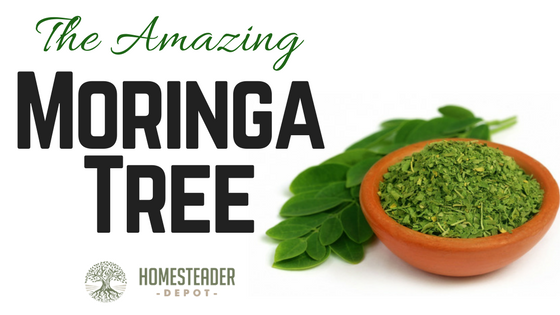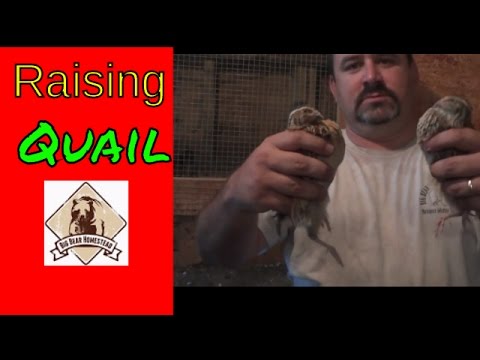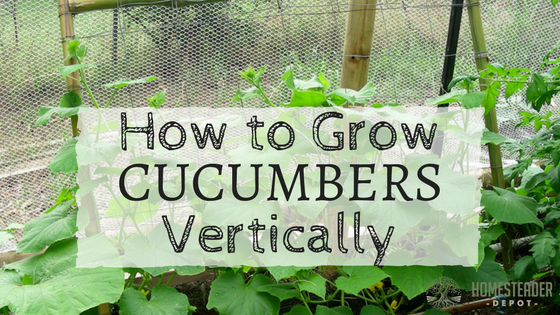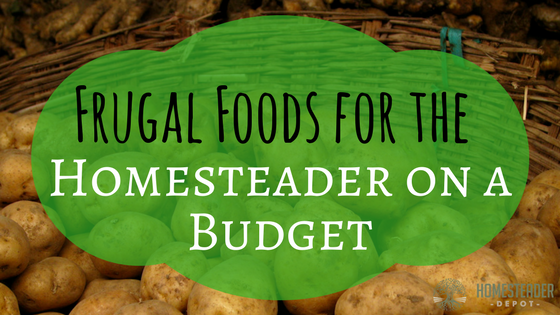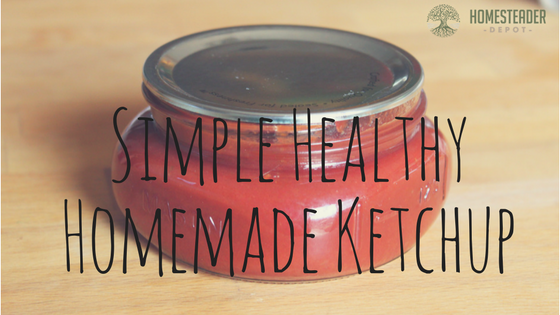Opening Day-Georgia Spring Turkey Hunting (Video)
Think all the good hunting is in the fall and winter? No way! Spring is prime turkey season, and they’re a great animal to go for. Big and juicy, as well as fun to hunt, you’re sure to get hooked in no time. In this video, YouTube “Turkeyologists” walk you through their opening day of … Read more




